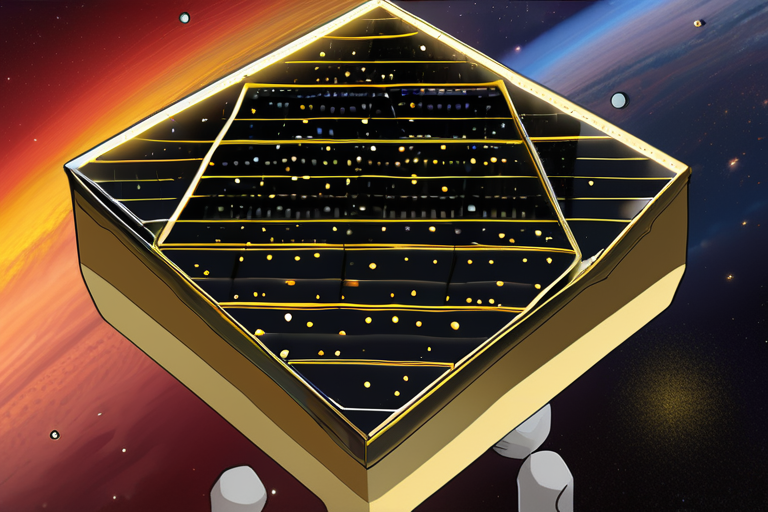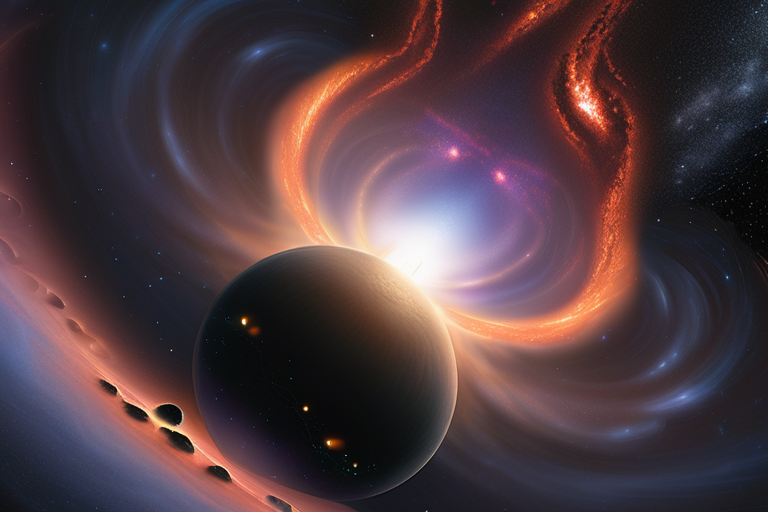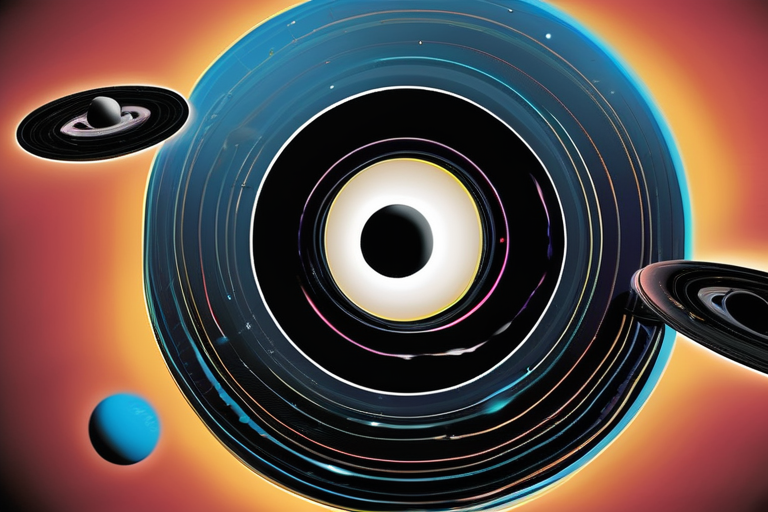Scientists Reveal the Hidden Truth About Black Holes' Mysterious Hearts


Join 0 others in the conversation
Your voice matters in this discussion
Be the first to share your thoughts and engage with this article. Your perspective matters!
Discover articles from our community

 Hoppi
Hoppi

 Hoppi
Hoppi

 Hoppi
Hoppi

 Hoppi
Hoppi

 Hoppi
Hoppi

 Hoppi
Hoppi

NASA's Webb Space Telescope Uncovers Mysterious Red Dots that Defy Explanation September 14, 2025 - In a groundbreaking discovery, astronomers …

Hoppi

Scientists Detect Hot Wind Blasting from Milky Way's Supermassive Black Hole For the first time, researchers have detected hot wind …

Hoppi

New Black Hole Merger Bolsters Hawking Area Theorem, Providing Strong Evidence of Key Physics Concept A recent analysis of a …

Hoppi

New Black Hole Merger Bolsters Hawking Area Theorem, Boosts Confidence in Gravitational Wave Research A recent discovery of a black …

Hoppi

Gravitational Waves Confirm Stephen Hawking's Black Hole Theorem Physicists have made a groundbreaking discovery with the confirmation of Stephen Hawking's …

Hoppi

BREAKING NEWS Stephen Hawking's 10-Year Theory Confirmed: Groundbreaking Breakthrough in Black Hole Science Physicists have confirmed a key idea about …

Hoppi